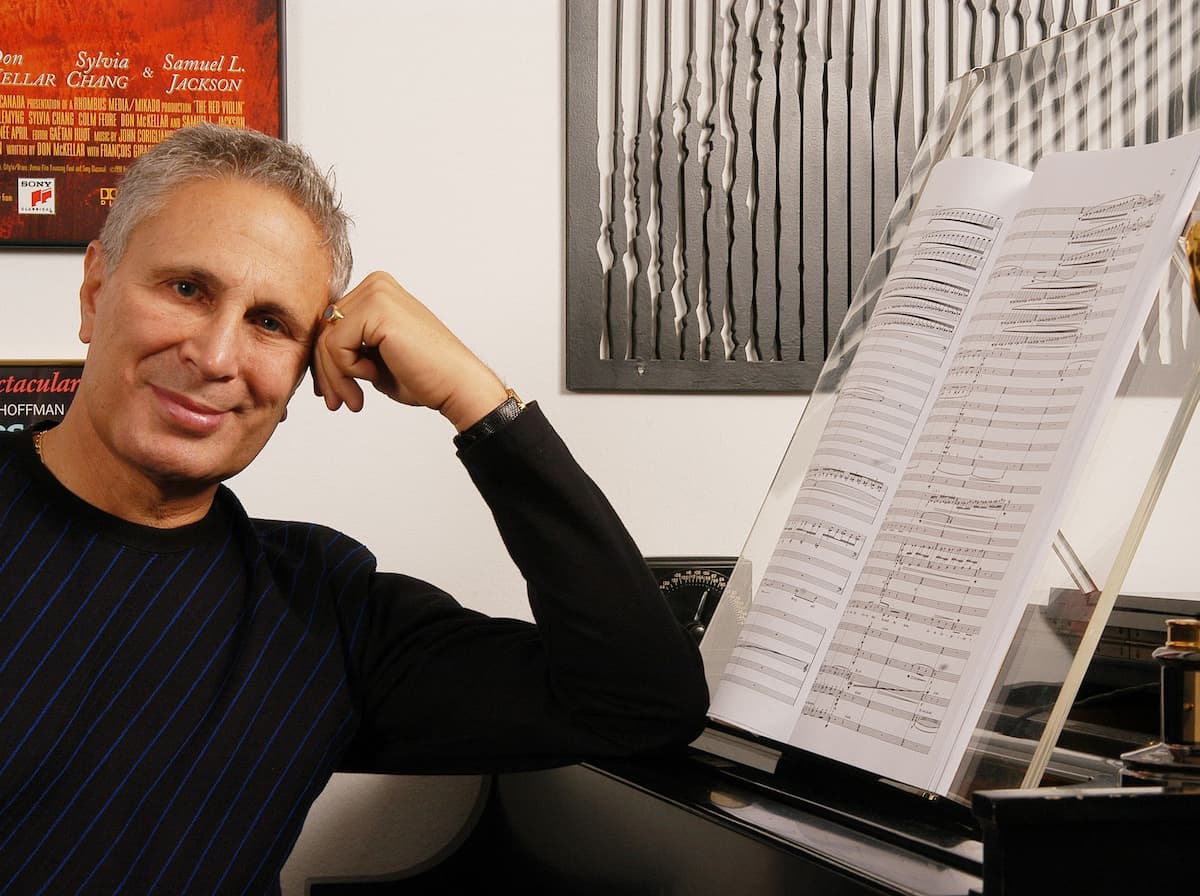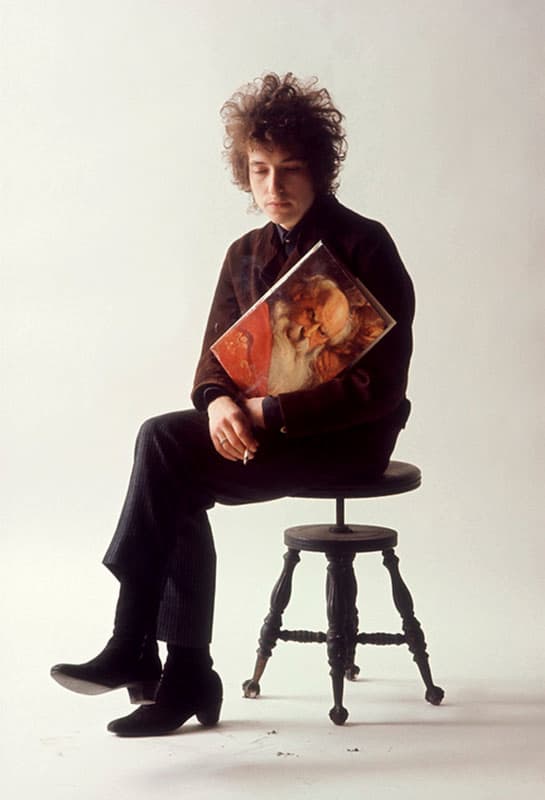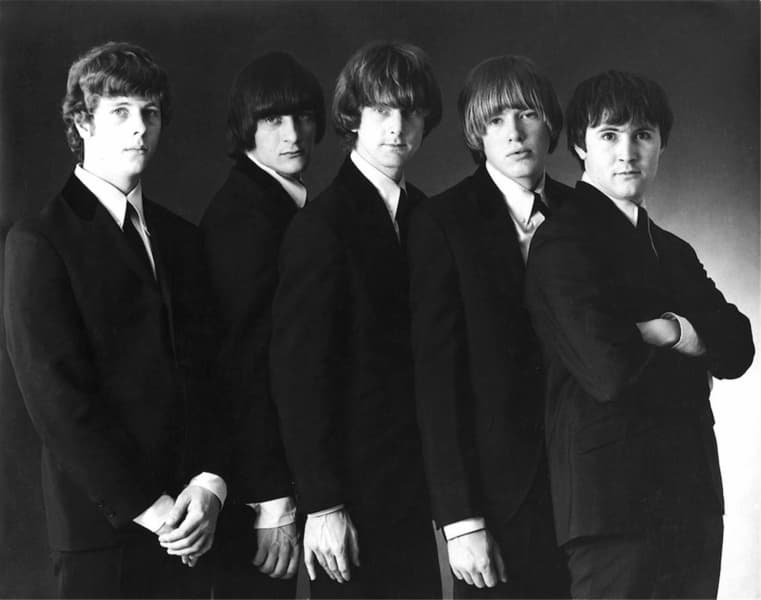We think of Bob Dylan as a unified poet and songwriter. It’s hard to think of his poems without his melodies.
American composer John Corigliano (b. 1938), however, looked more deeply into Dylan’s poetry. Having always heard about the high regard in which it is held, it was a source of some surprise to him that other composers had not taken up the opportunity to set a major modern poet.

John Corigliano
Corigliano requested permission from Dylan to set his poetry, stating firmly that these were not intended to be ‘arrangements, or variations, or in any way derivations of the music of the original songs’, which, in fact, he avoided listening to until the cycle was complete. He would treat the poems as he would treat the poems of any of his usual poetic sources (Stephen Spender, Richard Wilbur, Dylan Thomas, or William M. Hoffman). He would not make crossover settings. Dylan agreed, and Corigliano set to work.

Bob Dylan, 1965 (photo by Jerry Schatzberg)
The cycle, entitled Mr Tambourine Man: Seven Poems of Bob Dylan, opens with one of Dylan’s most well-known works, Mr Tambourine Man, which was released in March 1965 on his acoustic album Bringing It All Back Home. Before that, he’d given the song its premiere in May 1964 in a concert in London. The song was picked up by The Byrds and was both the first track and title of their first album, Mr. Tambourine Man, released in May 1965. It went to No. 6 on the American charts, bringing both The Byrds and Dylan to popular attention.

The Byrds (Chris Hillman, Gene Clark, Roger McGuinn, Michael Clarke, and David Crosby (KRLA Beat/Beat Publications, Inc.)
Corigliano’s setting uses the entire poem (The Byrds only sang the second verse) and unlike Dylan’s performance, opens with the first verse, not the chorus. We’re not used to hearing the text this way and Corigliano’s opening sounds more like Pierrot Lunaire than Dylan.
John Corigliano Jr.: Mr. Tambourine Man: Seven Poems of Bob Dylan (version for voice and chamber ensemble) – Prelude: Mr. Tambourine Man (Laura Hynes, soprano; Mary Sullivan, flutes; Cédric Blary, clarinets; Land’s End Ensemble; Kyle Eustace, percussion; Karl Hirzer, cond.)
The next five poems are set like monologues that ‘trace a journey of emotional and civic maturation…’ from the home setting of Clothes Line, the awareness of unanswerable questions about life that come with development in Blowin’ in the Wind, the political anger about the nuclear situation in Masters of War, to the future in a dialogue between a joker and thief in All Along the Watchtower.
John Corigliano Jr.: Mr. Tambourine Man: Seven Poems of Bob Dylan (version for voice and chamber ensemble) – All Along the Watchtower (Laura Hynes, soprano; Mary Sullivan, flutes; Cédric Blary, clarinets; Land’s End Ensemble; Kyle Eustace, percussion; Karl Hirzer, cond.)
Culminating in the post-apocalyptic Chimes of Freedom, the bells sound because of thunder, for weddings, for the people of the world and, finally for freedom.
The cycle ends with Dylan’s wish for his young son, Forever Young.
John Corigliano Jr.: Mr. Tambourine Man: Seven Poems of Bob Dylan (version for voice and chamber ensemble) – Forever Young (Laura Hynes, soprano; Mary Sullivan, flutes; Cédric Blary, clarinets; Land’s End Ensemble; Kyle Eustace, percussion; Karl Hirzer, cond.)
Corigliano’s setting sometimes omits lines and other times sets lyrics out of sequence – he’s not slavish to Dylan’s every word, but the settings take us out of our comfort zone. We’re familiar with many of the popular settings of these works but Corigliano’s setting takes us deeper into the meaning, takes us deeper into Dylan’s vision.
For more of the best in classical music, sign up for our E-Newsletter


